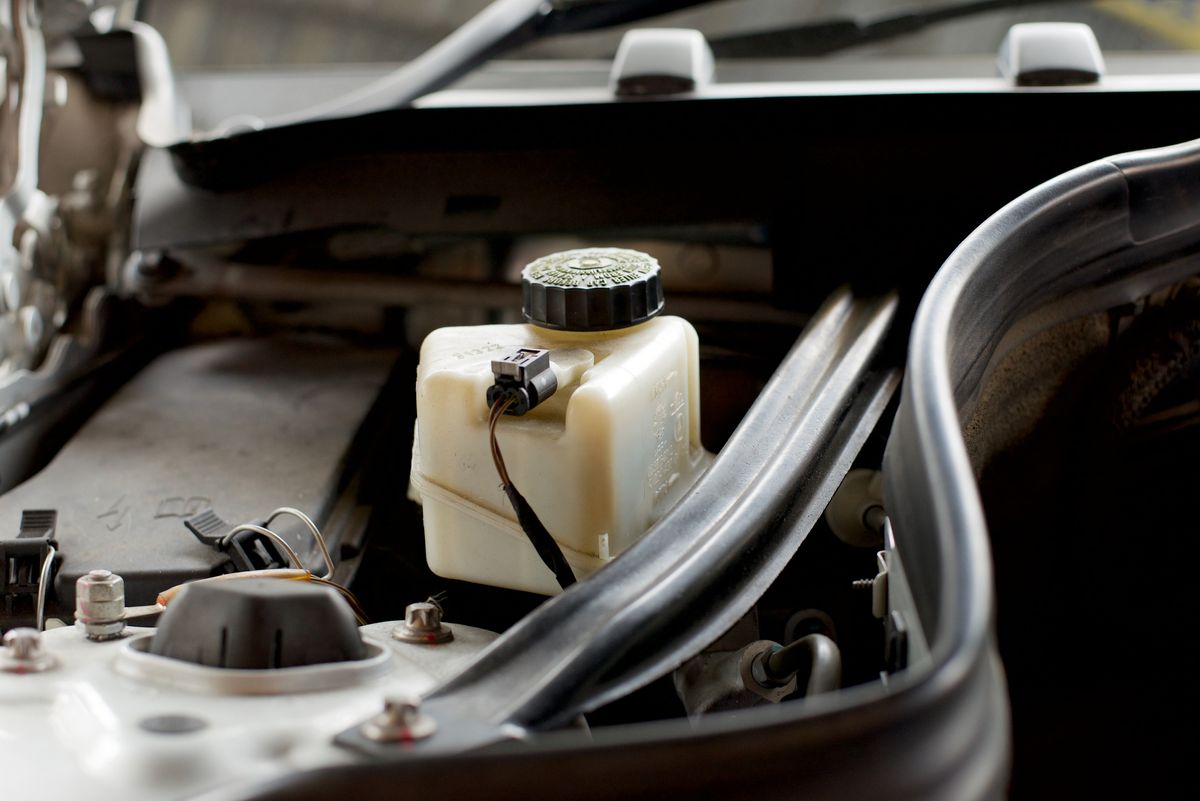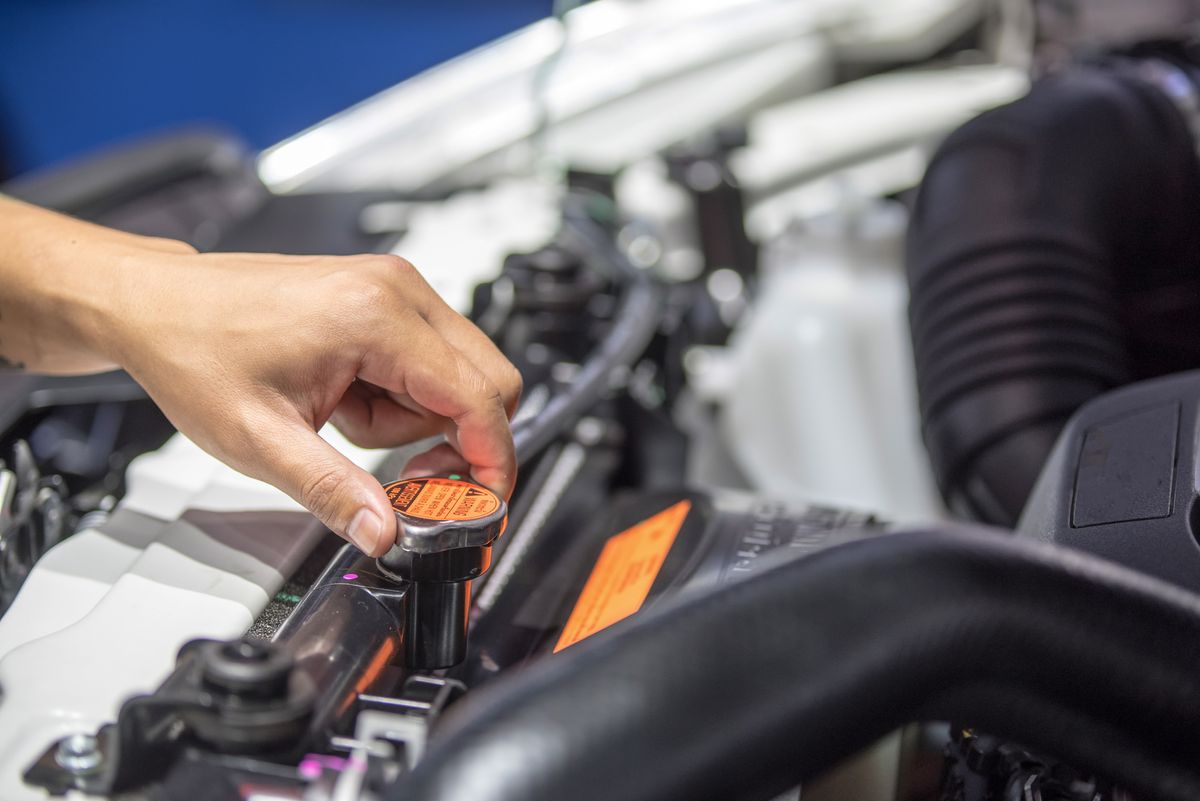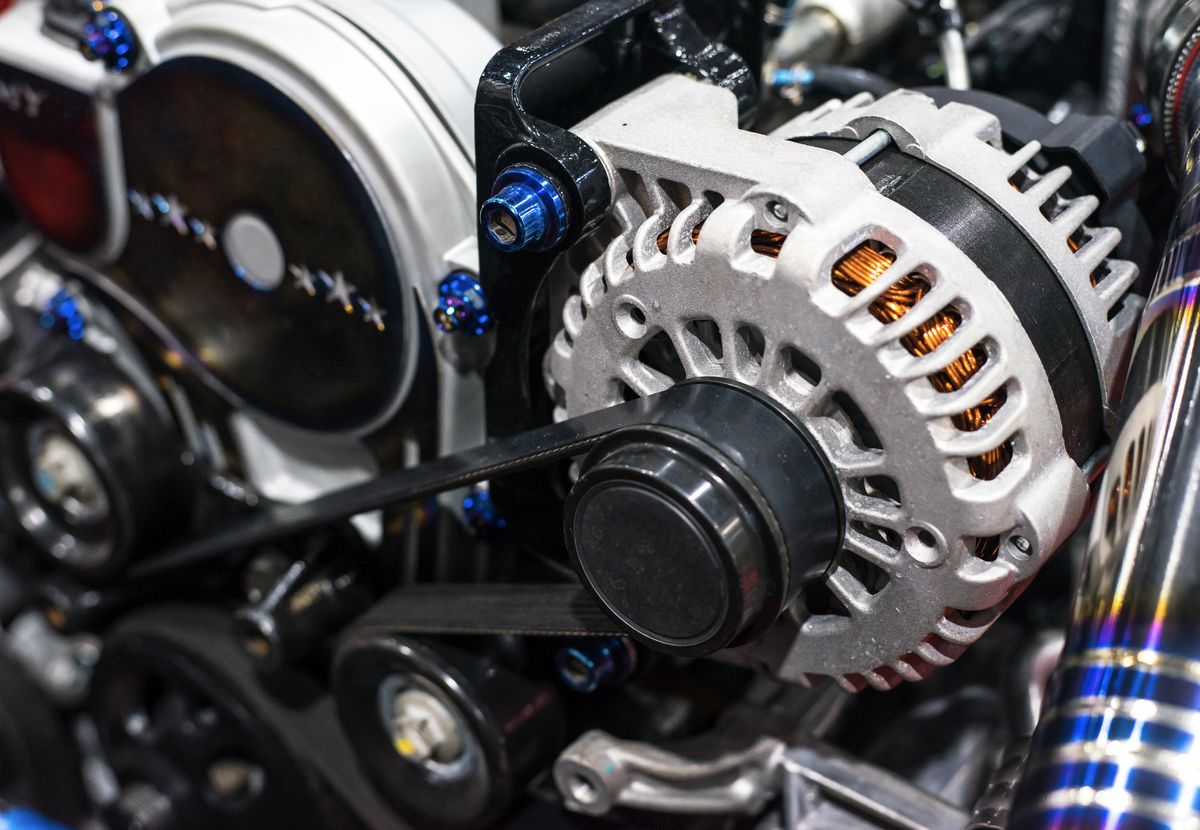
Various components of your brake system may experience brake fluid leakage, such as brake lines, hoses, caliper pistons, wheel cylinders, master cylinder, and ABS module. Locating the source of the leak is essential for effective repair. To identify the source, you can place newspapers on the ground beneath the general location of the leak and pump the brake pedal to force fluid out through the leak.
Once the source of the leak is identified, you can begin the repair process. Depending on where you live.
Inspecting Brake Lines and Hoses
To evaluate brake lines and hoses for damage or deterioration, inspect them for cracks, leaks, or other signs of wear. Pitting and corrosion can occur to brake lines over time, as well as damage from road debris or off-roading.
Additionally, rubber brake lines can crack and deteriorate with age. Regular inspection for such damage is crucial to ensure the safe and efficient operation of your vehicle’s braking system.
Examining Caliper Pistons and Wheel Cylinders
Inspect caliper pistons and wheel cylinders for signs of wear or damage by assessing for leaks, corrosion, or any other visible damage. Corrosion, pitting, or scoring of caliper pistons and the wheel cylinder may be indicative of wear or damage that could result in leaks.
Checking the Master Cylinder and ABS Module
Potential leaks in the master cylinder and ABS module could manifest as visible external leaks and brake failure symptoms. Identifying visible external leaks and brake failure symptoms can help detect potential leaks in the master cylinder and ABS module.
If you find that your brake master cylinder is worn, broken, or leaking, it’s recommended to purchase a master cylinder rebuild kit and follow the detailed instructions to remove and rebuild a new master cylinder.






